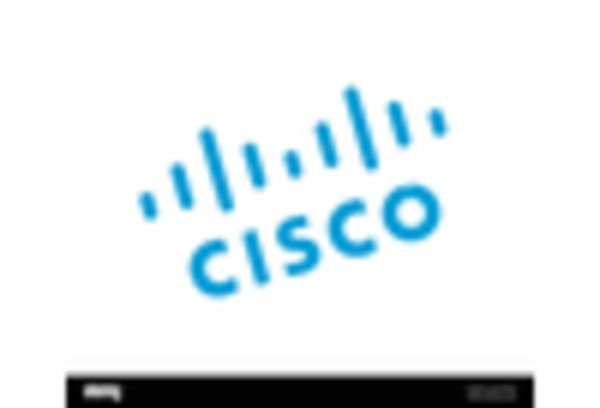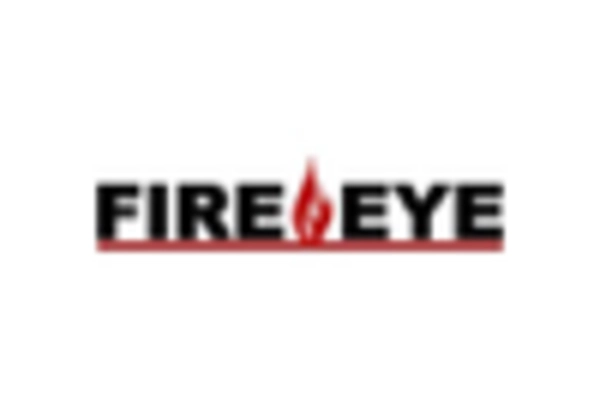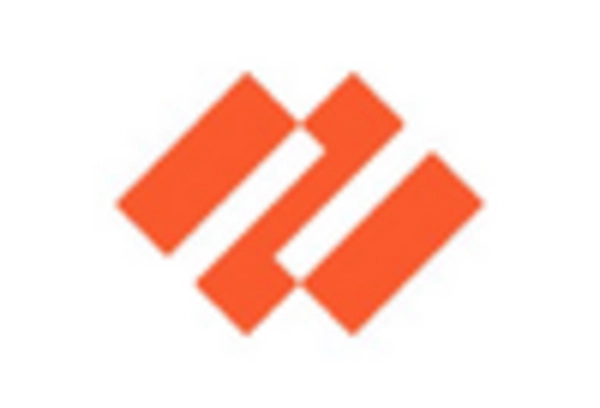The botnet detection market is currently characterized by a dynamic competitive landscape, driven by the increasing sophistication of cyber threats and the growing demand for robust security solutions. Major players such as Palo Alto Networks (US), Fortinet (US), and Check Point Software Technologies (IL) are strategically positioned to leverage their technological innovations and extensive service offerings. Palo Alto Networks (US) focuses on integrating advanced AI capabilities into its detection systems, enhancing real-time threat identification. Meanwhile, Fortinet (US) emphasizes a comprehensive security fabric approach, which allows for seamless integration across various security layers, thereby improving overall efficiency. Check Point Software Technologies (IL) is known for its strong emphasis on threat intelligence sharing, which fosters a collaborative defense mechanism among its clients. Collectively, these strategies not only enhance their competitive edge but also contribute to a more resilient market environment.
In terms of business tactics, companies are increasingly localizing their operations to better serve regional markets, optimizing supply chains to ensure rapid response capabilities. The market structure appears moderately fragmented, with a mix of established players and emerging startups. This fragmentation allows for diverse offerings, yet the influence of key players remains substantial, as they set industry standards and drive innovation.
In October 2025, Palo Alto Networks (US) announced a strategic partnership with a leading cloud service provider to enhance its botnet detection capabilities through cloud-based analytics. This move is significant as it not only expands their service portfolio but also positions them to capitalize on the growing trend of cloud adoption among enterprises, thereby increasing their market share.
In September 2025, Fortinet (US) launched a new line of security appliances specifically designed for small to medium-sized enterprises (SMEs), aimed at providing affordable yet effective botnet detection solutions. This initiative is crucial as it addresses the underserved SME segment, potentially increasing Fortinet's customer base and reinforcing its market presence.
In August 2025, Check Point Software Technologies (IL) unveiled an innovative threat intelligence platform that utilizes machine learning to predict and mitigate botnet attacks before they occur. This development is particularly noteworthy as it underscores the importance of proactive security measures in an increasingly complex threat landscape, positioning Check Point as a leader in predictive security solutions.
As of November 2025, the competitive trends in the botnet detection market are heavily influenced by digitalization, AI integration, and a growing emphasis on sustainability. Strategic alliances are becoming more prevalent, as companies recognize the value of collaborative efforts in enhancing their technological capabilities. Looking ahead, it is likely that competitive differentiation will increasingly pivot from price-based strategies to a focus on innovation, advanced technology, and supply chain reliability, as organizations seek to establish themselves as leaders in a rapidly evolving market.

















Leave a Comment